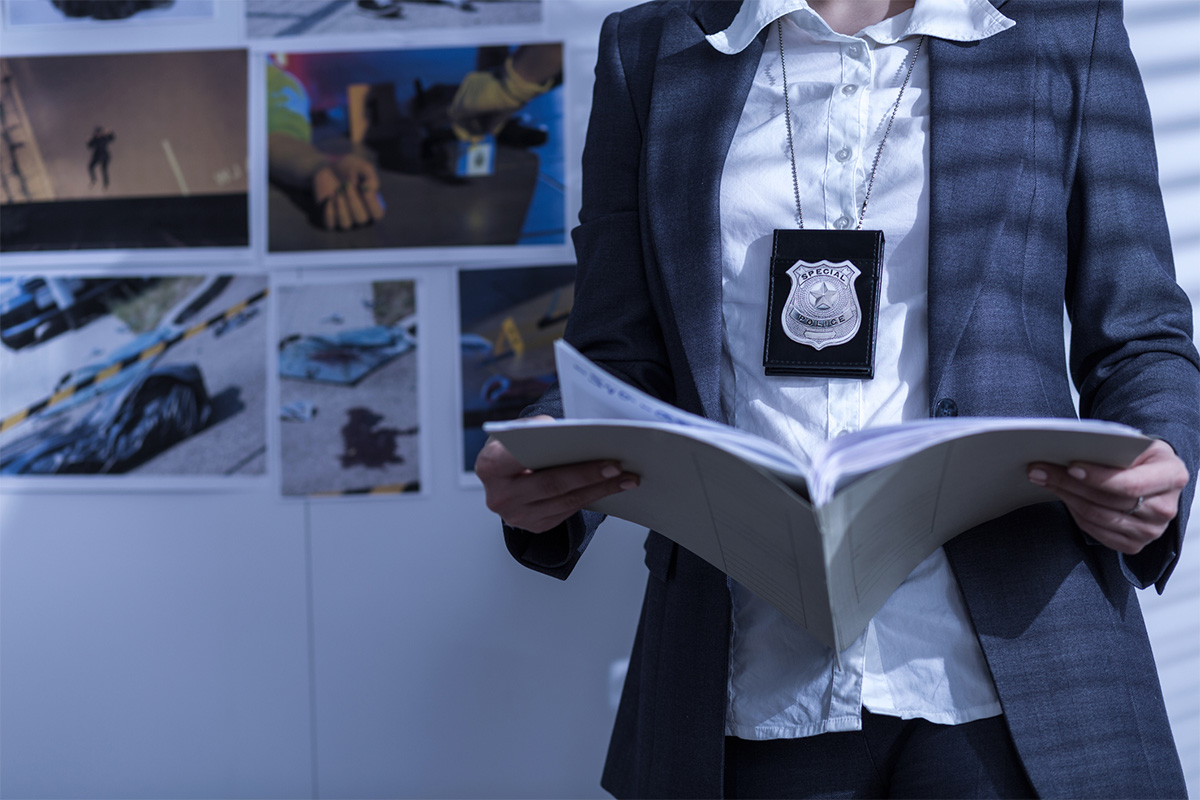Written by Dr. Heidi Sievers, Columbia Southern University Forensic Science and Criminal Justice Instructor
Here at Columbia Southern University, in addition to our Bachelor of Science in criminal justice administration with a concentration in forensics, we recently introduced our newest program in the field, the Bachelor of Science in forensic investigation.
Forensics has taken the law enforcement world by storm in the form of professional interests as well as entertainment. There are many reasons to study forensic science, but this influx of forensics in television, true crime podcasts and other mainstream entertainment also has drawbacks for those working in the field.
Throughout the dramatization of forensic processes and analyses, the public has been left with a false reality of the profession, leading to the “CSI Effect.” This phenomenon has resulted in a shift in expectations from the public – and juries – about the role of crime scene investigators and what kinds of evidence should be collected. In many instances, there is not one single “smoking gun” type of evidence that proves a defendant guilty beyond a reasonable doubt, rather numerous pieces of evidence that support one another.
Although not an exhaustive list, here are five of the most common forensic science myths that have resulted from entertainment media.
Myth #1: Blood will fluoresce under alternate light sources, such as an ultraviolet or blue light.
Fact: Blood is actually a substance that absorbs light. Therefore, when viewed under an alternate light source, blood will appear darker, or even black. Other bodily fluids, such as urine or saliva, will fluoresce under this type of light, as will hairs, fibers and even bone.
Myth #2: Fingerprints provide an exact match within minutes.
Fact: The Automated Fingerprint Identification System provides a list of potential matches and still requires a latent print examiner to manually analyze and compare the known print with the potential suspect’s print. This process can take multiple days to weeks.
Myth #3: Crime scene investigators only investigate homicides.
Fact: Crime scene investigators can be called out to process any scene that involves the collection, identification or documentation of evidence. This can include burglaries, robberies, natural deaths, homicides and accidents.
Myth #4: Fingerprints can be found on almost all surfaces, including fabrics, rough wood and cement.
Fact: Fingerprints cannot typically be discovered on rough surfaces and need direct contact from the finger to the item for oils and print residue to be transferred. The surface must also be large enough to contain enough ridge detail to make an identification.
Myth #5: Identifying a fingerprint or DNA profile is always useful.
Fact: Fingerprint and DNA profiles discovered at crime scenes are not always incriminating toward an individual. For example, if fingerprints or DNA are found within a place where the suspect was allowed to be at some time, this may not incriminate them as a suspect in the crime.
Conclusion
It can be difficult to differentiate between entertainment-based media like CSI vs. real life forensics. These programs can have unforeseen detriments to the criminal justice and legal system. As a result, prosecutors, defense attorneys, and forensic experts must be cognizant of the presence of this effect to educate jurors on the realities of forensic capabilities.
Here at Columbia Southern University, students in our online forensics degree programs receive a clear understanding about the many aspects of forensics and a how to support others in the criminal justice system. We offer the following online degree programs:
- Bachelor of Science in Criminal Justice Administration – Forensics.
- Bachelor of Science in Forensic Investigation.
- Bachelor of Science in Psychology – Forensics.
To learn more about all our online degree programs at the associate, bachelor’s, master’s and doctoral levels, visit our website.
Related: Working with Crime Scene Investigators (video interview with Dr. Heidi Sievers for POLICE Magazine)






